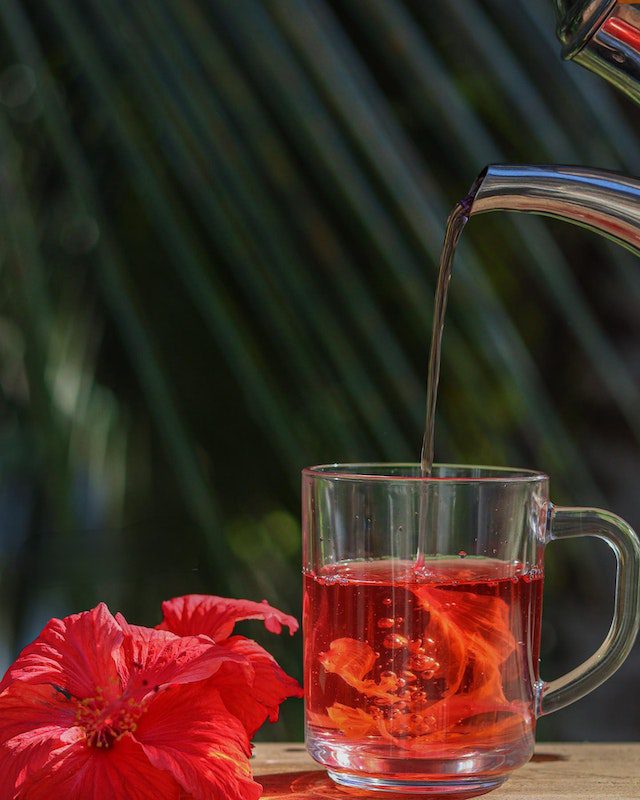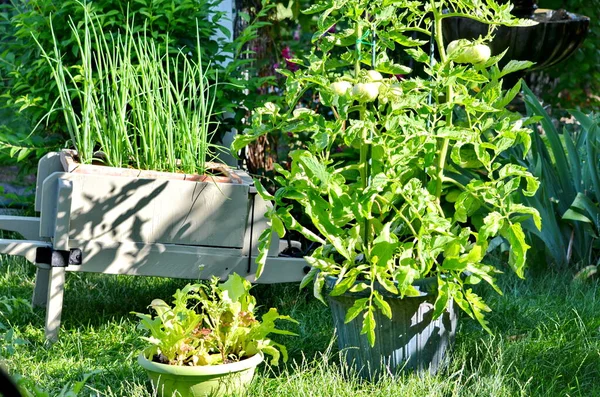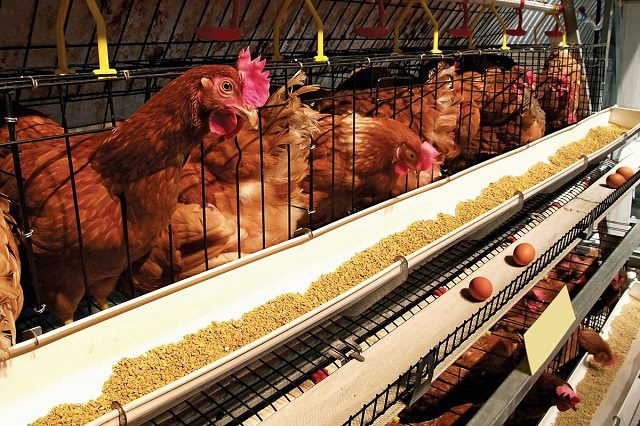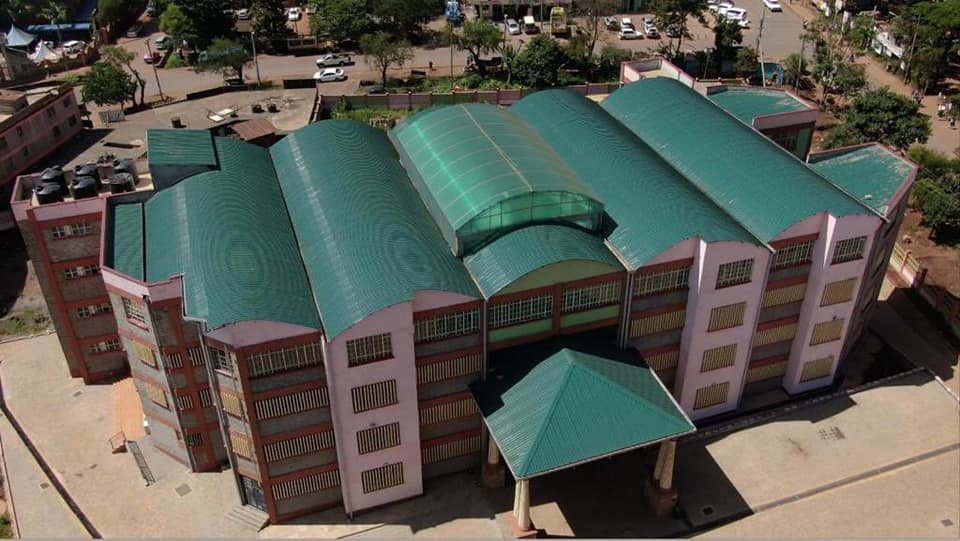Are you curious about how to combine landscaping and sustainable Kitchen gardening? Discover the innovative world of foodscaping, where you will grow edible ornamental plants for food.
This trend is gaining popularity in urban farming in Kenya. It is a practical and beautiful way to utilize your limited backyard, kitchen garden, balcony or other space. From vibrant vegetable patches to fruit-bearing shrubs, foodscaping not only enhances your landscape but also provides fresh produce right from your backyard.
In this blog post, we explore the best practices and benefits of foodscaping in Kenya, helping you create a garden that’s both functional and stunning.
Expand Table of Contents
What is foodscaping?
Foodscaping is the practice of incorporating edible plants into landscaping design. It involves designing outdoor spaces, such as yards, parks, and community gardens, with the dual purpose of producing food and creating aesthetically pleasing environments.
Some common foodscaping techniques include raised beds, trellises, and vertical gardening. Additionally, foodscaping can be combined with other sustainable practices, such as rainwater harvesting and composting, to create a closed-loop or circularity system that is cheap, productive and environmentally friendly.
Top Benefits of foodscaping?
There are many benefits for you to consider food scaping.
It allows you to grow your own fresh, healthy, and organic food while also creating a beautiful outdoor space. It also promotes biodiversity and supports local ecosystems by incorporating native plants and reducing the use of synthetic fertilizers and pesticides.
Other reasons why you consider foodscaping in your kitchen garden are;
- Make Money; You can share or sell your excess fruits, vegetables or medicinal herbs with your neighbours or start a community garden.
- Health & Nutrition Benefits; Foodscaping serves a dual purpose of producing quality and fresh food while creating aesthetically pleasing landscapes.
- Sustainability; Edible landscaping is the best way to educate children, community and others about the benefits of growing their own food, and the importance of sustainability.
- Environmental benefits; Foodscaping is a way to produce food, reduce carbon footprint and create a beautiful environment. It also helps to reduce food waste, as we can easily harvest what we need and use it right away.
How to start your Edible ornamentals Garden?

Foodscaping combines gardening and landscaping practises to create an outdoor space that is both productive and aesthetically pleasing.
Below we will give you factors to consider while you want to establish one. Besides, you will learn the key steps to start and run it.
Planning phase
To start a foodscape, first, identify the space you have available and the amount of sunlight it receives throughout the day. This will help you determine the types of plants that will thrive in your garden. The following are factors to consider before you can start your edible landscape garden.
- Available Space: Assess the size and layout of your garden to determine what plants can fit and thrive.
- Sunlight: Ensure your garden gets adequate sunlight, as most edible plants need at least 6-8 hours of direct sunlight daily.
- Design: Plan a layout that combines aesthetics with functionality, mixing ornamental and edible plants.
- Companion Planting: Select plant combinations that benefit each other, enhancing growth and pest control.
- Local Climate and Soil: Choose plants suited to your region’s climate and soil conditions for optimal growth.
- Water Management: Implement efficient watering systems like drip irrigation to conserve water and ensure consistent moisture for your plants.
Once you have done this, follow the following steps for successful foodscaping.
Determine the Best Landscaping Plants to grow
Consider incorporating a variety of fruits, vegetables, herbs, and edible flowers. These can be planted in raised beds, containers, or incorporated into existing landscaping.
Choose plants that are well-suited to your local climate and soil. This will ensure your crops thrive and produce a bountiful harvest. It’s also important to select plants that are easy to care for and maintain, as this will make your kitchen garden more sustainable in the long-term.
Design your farm
Another important aspect of foodscaping is creating a design that is both functional and visually pleasing.
You can achieve this by using a combination of different plant heights, textures, and colors to create visual interest. For example, you can use tall, leafy vegetables like tomatoes as a background for shorter, bushy plants like strawberries.
Practice organic farming
You can also incorporate organic farming methods such as companion planting, which is the practice of planting different species of plants together that have a beneficial effect on each other. For example, planting marigolds with tomatoes can help deter pests and improve growth.
Additionally, using organic mulch, such as grass clippings or leaves, can help retain moisture, suppress weeds, and add nutrients to the soil.
Conserve water
Successful foodscaping relies on good or smart water management. Incorporating a drip irrigation system or rainwater catchment system can help conserve water and reduce the amount of time spent watering your garden.
Using grey water into your foodscaping efforts it the most popular method. Grey water, is wastewater from baths, sinks, and washing machines (excluding toilets). You can reuse it for irrigation purposes, promoting water conservation and reducing your environmental footprint.
Research
To run a highly productive foodscaping project is a continuous learning process. You should always be open to new research and technologies for an efficient kitchen garden. Continuously consider experimenting and trying new things to find what works best for your garden.
Best Edible Plants for Your Foodscape Garden

Food scaping can include a variety of edible plants, such as vegetables, fruits, herbs, and berries, as well as companion plants that attract beneficial insects and pollinators. In this post, we will discuss some of the best crops to include in your foodscape.
- Tomatoes: Versatile and vibrant, perfect for borders and containers.
- Herbs (Basil, Rosemary, Mint or Thyme): Aromatic and visually appealing, ideal for ground cover and edging.
- Lettuce and Leafy Greens: Easy to grow, providing lush greenery.
- Peppers: Colorful and compact, adding visual interest and flavor.
- Edible Flowers (Nasturtiums, Marigolds, Hibiscus, Roses and Dandelion Etc): Enhance beauty while being functional in salads and garnishes.
- Black Nightshade: Produces edible berries and leaves.
- Amaranth: Nutritious leaves and seeds, adding texture and height.
- Spinach: Nutritious and fast-growing, great for ground cover.
- Chard: Bright, colorful stalks that enhance visual appeal.
- Pumpkins and Squash: Their sprawling vines and large fruits create a lush look.
- Beans (Pole and Bush): Climbing varieties add vertical interest.
- Strawberries: Sweet fruits and attractive foliage.
When incorporating edible flowers into your foodscape, it’s important to remember that they should be grown organically and free of pesticides. They should also be washed and inspected for insects before using them in food.
conclusion
Foodscaping is a fantastic way to grow fresh, healthy food while beautifying your outdoor spaces. By integrating edible plants into your landscape, you create a productive and aesthetically pleasing environment.
Whether you’re a homeowner, community member, or business owner, there are numerous ways to start, from raised beds to vertical gardening. This practice not only provides nutritious food but also reduces environmental impact and promotes sustainability.
So, start planning your foodscaping project today, even with small container gardens. You’ll find it easy, rewarding, and beneficial for a sustainable future.



